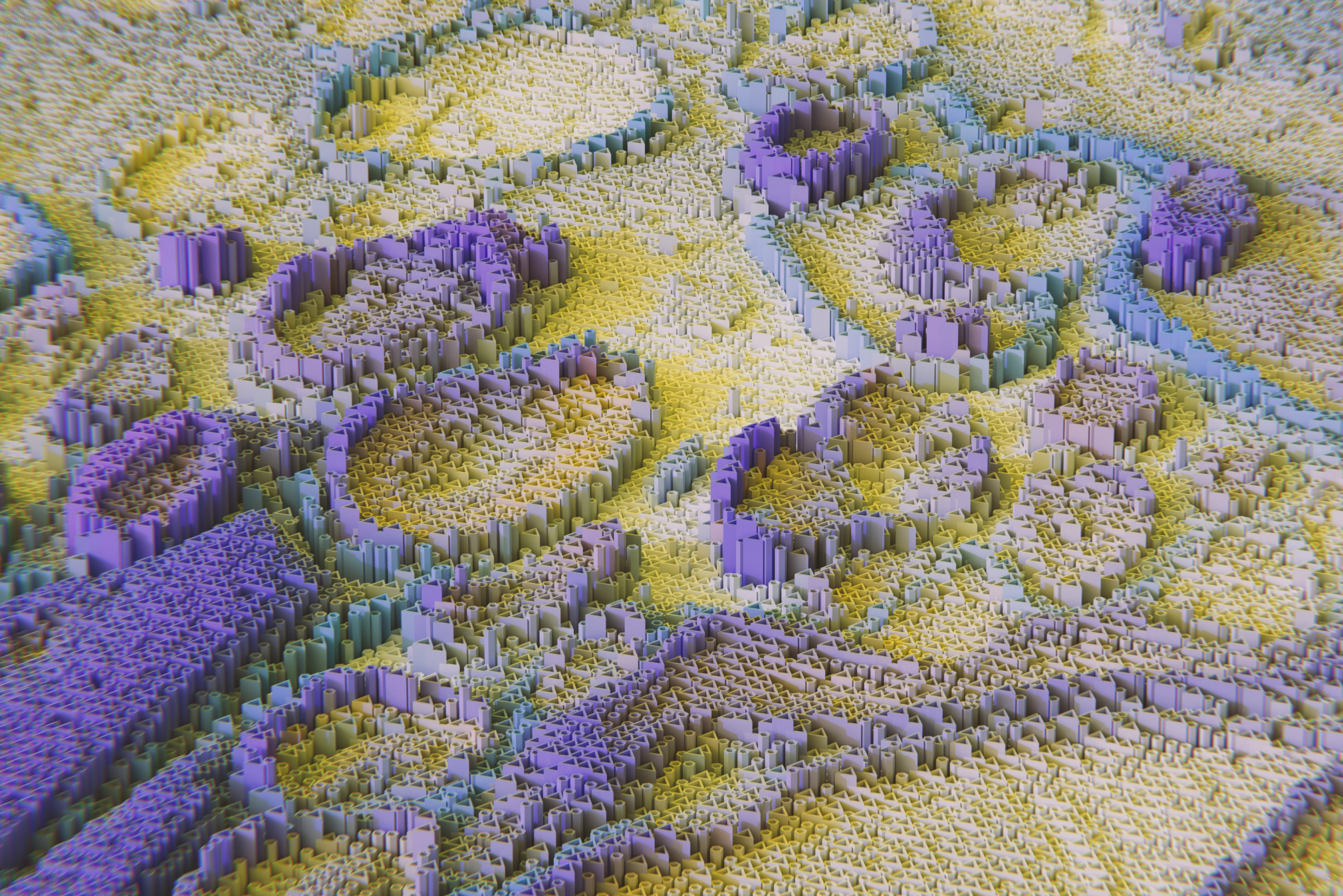Insights and updates from SynBioBeta’s 2023 synthetic biology conference.
Humans have been tapping into the power of biology for millennia. By (unknowingly) harnessing the metabolic pathways of yeast and bacteria, our ancestors learned to convert simple ingredients like sugar into complex products like cheese, yogurt, bread, and alcoholic beverages. Today, remarkable breakthroughs in the reading, writing, and editing of DNA have completely changed the game.
Last month, I joined a panel discussion and reconnected with friends at SynBioBeta’s Global Synthetic Biology Conference, an annual event showcasing the latest breakthroughs in the field of synthetic biology. Synthetic biology, or SynBio, draws on advances in chemistry, biology, computer science, and engineering to turn cells into microscopic, carbon-neutral factories capable of producing everything from bioplastics and textiles to artificial meat and personalized medications.
Researchers now regularly program cells much like a computer, opening new possibilities and presenting new challenges that go far beyond the lab: How and by whom should these products be regulated? Who will benefit? How does synthetic biology integrate with, or replace, existing products? How should we think about existential risks that toying with biology could bring? Synthetic biology is at an inflection point, and conversations on and off the stage at SynBioBeta tackled these important questions.
More attention, more questions
SynBio’s rapidly expanding technical capabilities, along with the contingent questions about their broader ramifications, have brought another new term into the lexicon: the bioeconomy. The term is new enough to still be quite contentious; as we’ve pointed out before, every country describes the bioeconomy in its own unique way, and even within the United States, different organizations offer different definitions of “bioeconomy.”
Regardless of how they define it, a broad array of stakeholders are now investing in the bioeconomy’s potential. From an Executive Order and callouts in the CHIPS and Science Act to landmark reports from organizations such as Schmidt Futures and the National Academies, interest has percolated far and wide. This year’s conference reflected the changing landscape: Along with the expected array of unusual ways biology can be used — from higher-antioxidant tomatoes to carbon-negative concrete — several panels tackled the tough questions facing the field as it leans into this pivotal moment.
Interdisciplinary inspiration
At a time when many leaders are fretting about the slowing pace of American innovation, synthetic biology is a bright spot. The interdisciplinary nature of the field is spurring unprecedented discoveries and developments — and it’s also inspiring us to envision new futures and think creatively about our evolving relationship with nature, including how we might capture carbon and mitigate the effects of climate change.
SynBio is likely to impact every industry, from fashion and architecture to space and healthcare. A range of innovators are bringing fresh thinking to long-standing problems: Colorifix is using engineered bacteria to cut pollutants out of fabric dyes; Grow.bio is creating sustainable building materials from mushrooms; Antheia is tackling drug shortages with a SynBio approach to pharmaceutical manufacturing. But synthetic biology isn’t just for startups: NASA’s Space SynBio project is finding new ways to bring nutrients to people in space, and the iGEM Foundation is inspiring the next generation of SynBio scientists with an annual international competition for students.
It will take deep, interdisciplinary thinking to understand how biology can help tackle some of the biggest challenges we face, and in many cases, solutions are still far off. Yet it is heartening to be part of a community that is self-reflective enough to understand the scope of its challenges while remaining creative and optimistic about its potential.
Photo by Google DeepMind. Artist: Domhnall Malone.


